Potential and Scientific Requirements of Optical Clock Networks for
Validating Satellite Gravity Missions
Stefan Schröder
Simon Stellmer
Jürgen Kusche
Session G4.1
Fri, 30 Apr, 09:00–10:30 (CEST)


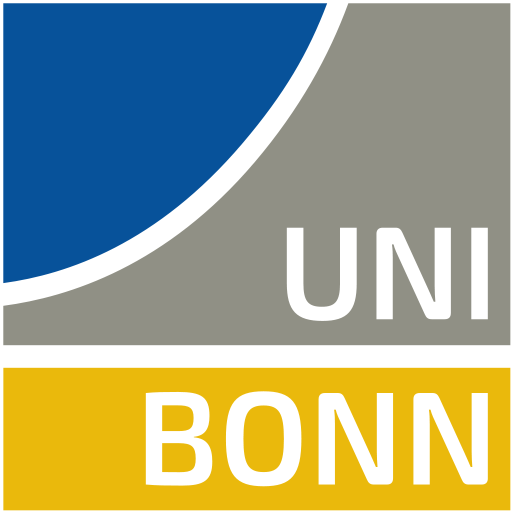
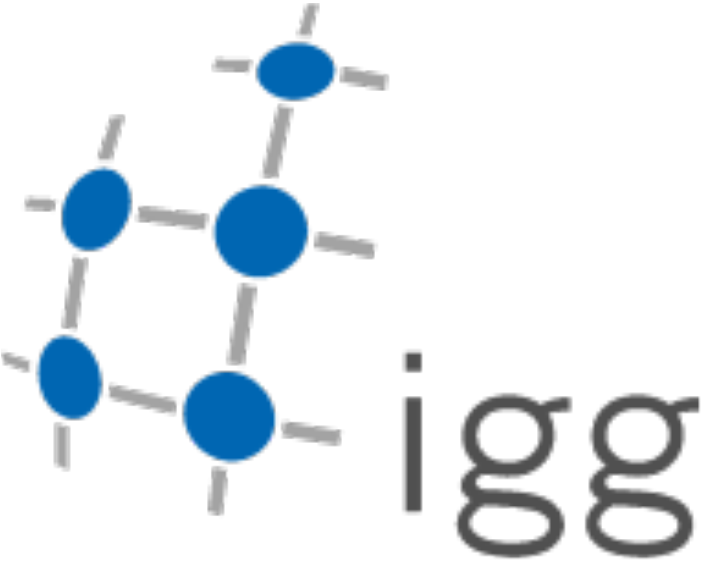

Use space, shift + space or the arrow keys to navigate through the slides.
Or press ESC for a slide overview.





Unless specified otherwise, the content of this side is licensed under a CC BY 4.0 license.

Goals of this presentation





- Assess required measurement uncertainty of clock comparisons over Europe to sense non-tidal, time-variable gravity field changes
- Discuss the spatial and temporal scales at which validation of existing time-variable gravity field data (GRACE/-FO) can be accomplished
Why validate?





Since 2002 GRACE/-Follow-On observe the Earth's gravity field variations with unprecedented accuracy

- identify/understand possible problems in sensor system and data analysis
- better understand/quantify/calibrate GRACE error estimates
- understand resolution limits of GRACE
How to validate?
...with ground measurement tools
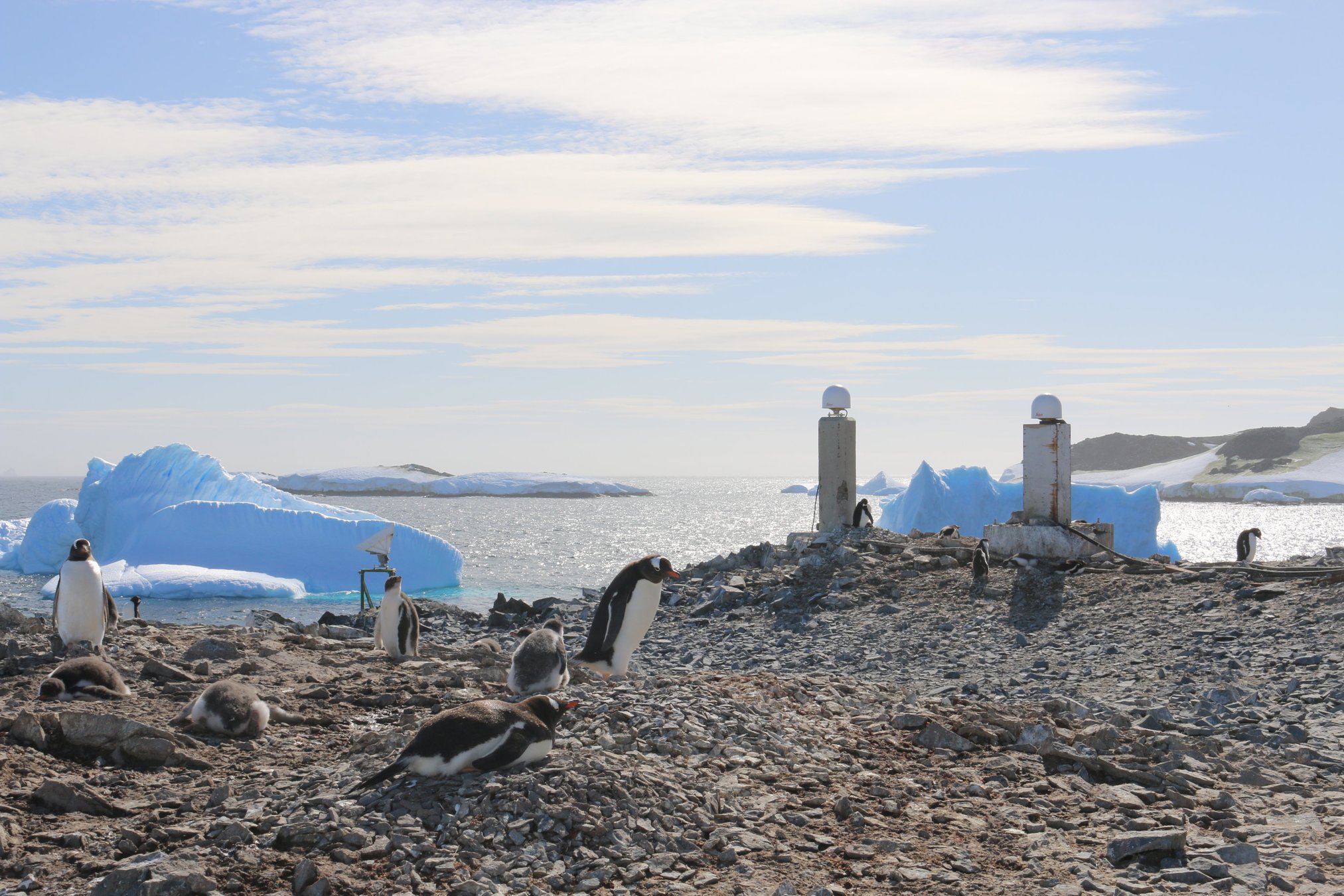

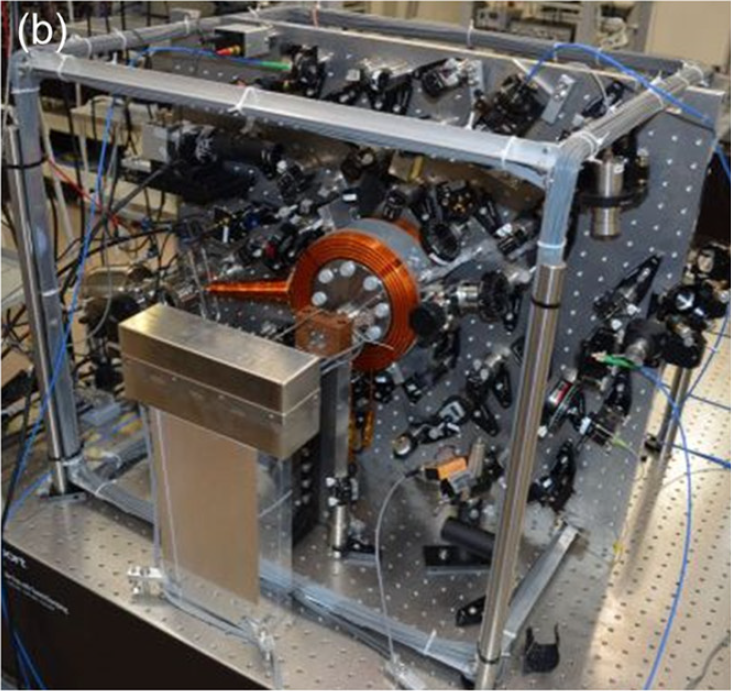
Main problems:
-
GNSS comparison to GRACE requires an elastic loading model of the Earth
- short wavelength signals like local groundwater discharge and recharge
affect the GNSS but does not follow elastic loading theory, i.e. can not be detected with GRACE
GNSS
Superconducting
Gravimeters
Main problem:
-
Local hydrology and wet air mass affect the gravimeters, but not GRACE; they are hard to model
If and how Superconducting Gravimeters (SG) can be used for GRACE validation is disputed (see e.g. the discussion between Van Camp et al., 2014 and Crossley et al., 2014)
Optical clocks
iGRAV043. Photo: Basem Elsaka, Uni Bonn
... will soon be a third ground measurement tool for GRACE validation
What do we measure with clocks?





relative frequency difference, e.g. between two clocks*
gravity potential difference
speed of light
relative frequency difference, e.g. between two clocks*
gravity potential difference
speed of light

*High performance optical clock comparisons over continental distances can be conducted via fibre links, e.g. with bidirectional amplifiers along the fibre link.
- The relative frequency difference is measured by comparing two clocks' frequencies
- The gravity potential difference is easily deduced from that
- We want to know the time-variable component of the gravity potential
geoid height change at the clock's location
vertical displacement of the clock
would thus be the physical height change of the clock
...
Sensitivity needed to observe non-tidal gravity changes over Europe (Goal 1)








RMS variability of non-tidal effects
Hydrology (CLM)
Atmophere (ERA-5 forced)
Glaciers (OGGM)
Corresponding time-series
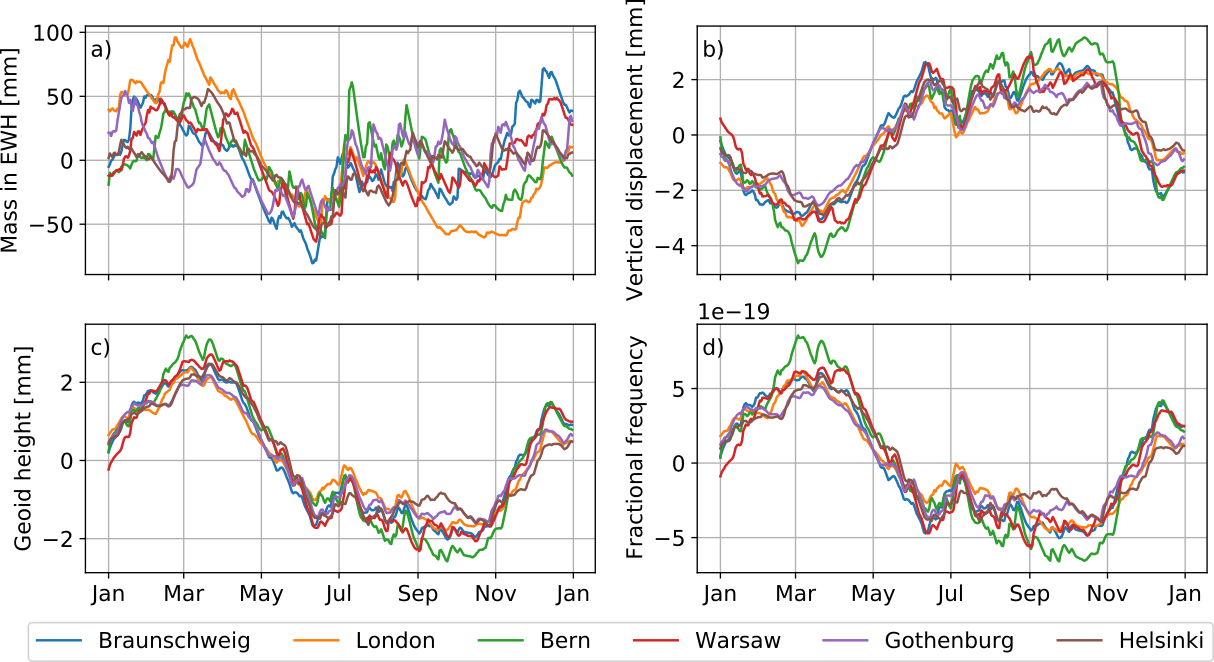

Hydrology
Atmosphere
- Annual amplitudes in fractional frequency reach from the atmosphere and from hydrology
- Interannual signals stronger from the atmosphere as well
- However, signals acting on both clocks being compared cancel out, so let us focus on the difference between time series
Hydrology. All time series relative to the fractional frequencies in Braunschweig, Germany

- annual amplitude only a third compared to the absolute signal
- amplitude spectrum (b): already at monthly periods, the signal is too small to sense it with ' clocks' (Scenario 2)

Atmosphere. All time series relative to the fractional frequencies in Braunschweig, Germany

- signals up to approximately biweekly frequency (~100/yr) should be visible with ' clocks'

Take Home
- Non-tidal mass change effects will be visible in pan-European clock comparisons at the level
- ... dependent on the observation duration
- too be able to observe more than just some seasonal hydrological signal or very strong high/low-pressure fields, better clocks are needed
But how do the clocks compare to satellite gravity data and at which spatial scales can they be used for validation?
Spatial and temporal scales for satellite gravity field data validation (Goal 2)







- sensitivity of the clock network 'overtakes' GRACE sensitivity eventually when increasing the spatial resolution
- around these overtaking points, clock comparison data can be used to complement and validate GRACE data
- Scenario 2: GRACE and the clock network show a similar sensitivity at 300 km resolution
- at this resolution GRACE data becomes uncertain/dubious and here, a clock network with sufficiently dense clock distribution would be
important




- at the daily to weekly scale, the clock comparisons would add additional information beyond the GRACE temporal resolution


Take Home
- A sufficiently dense network of clocks with fractional frequency uncertainty can be used to validate satellite gravity data at the crucial resolution of 300 km and below
Ongoing Work





- impact on different next generation gravity mission (''NGGM") scenarios








Thanks for watching!
See the related publication:
Write me a mail if you have questions:
schroeder@geod.uni-bonn.de